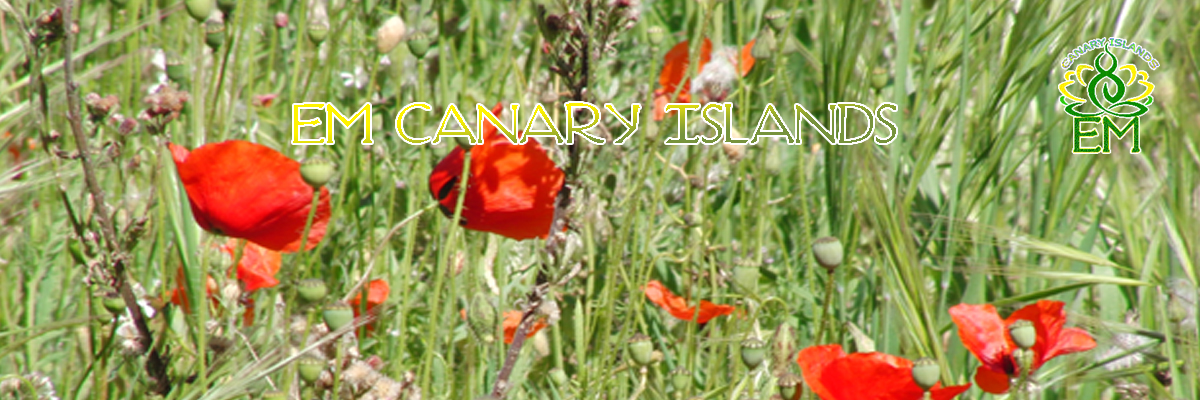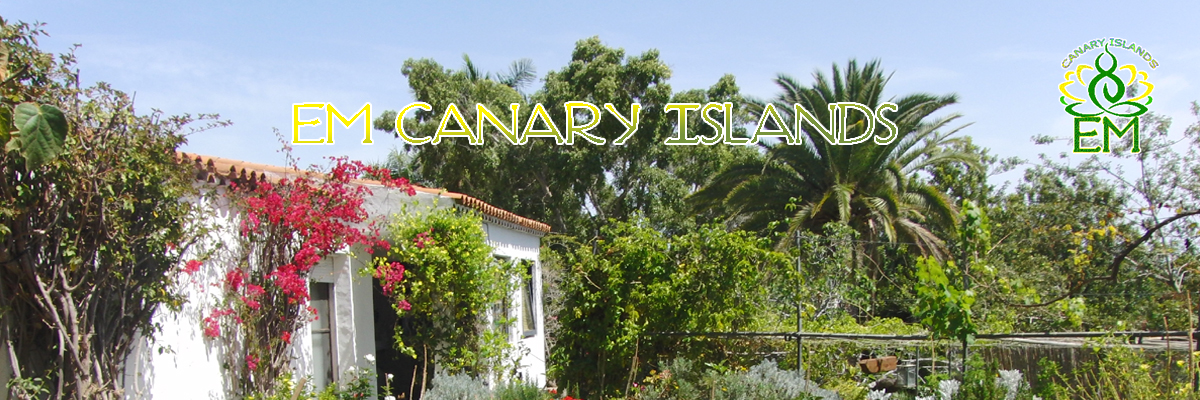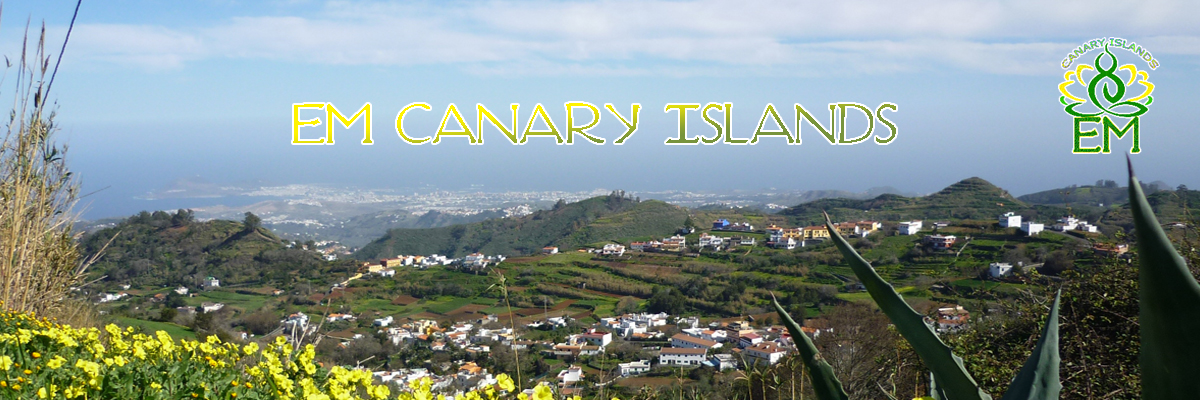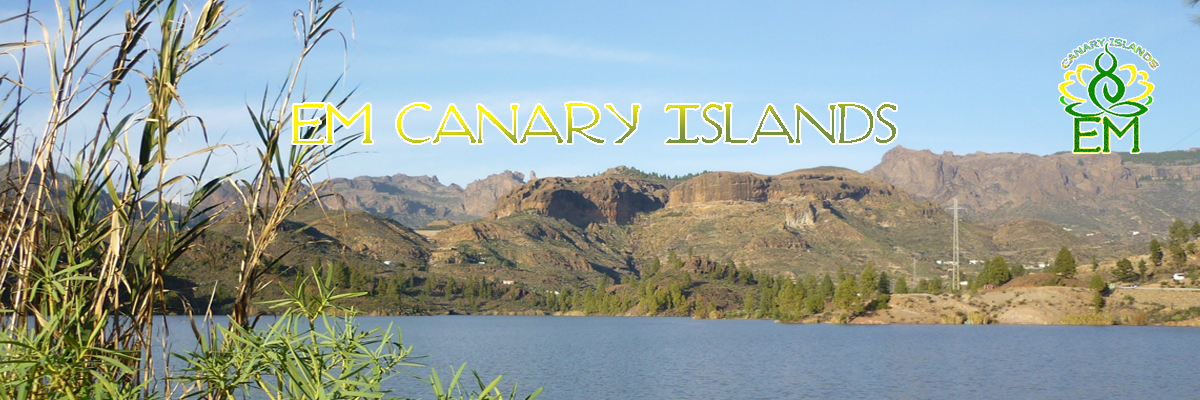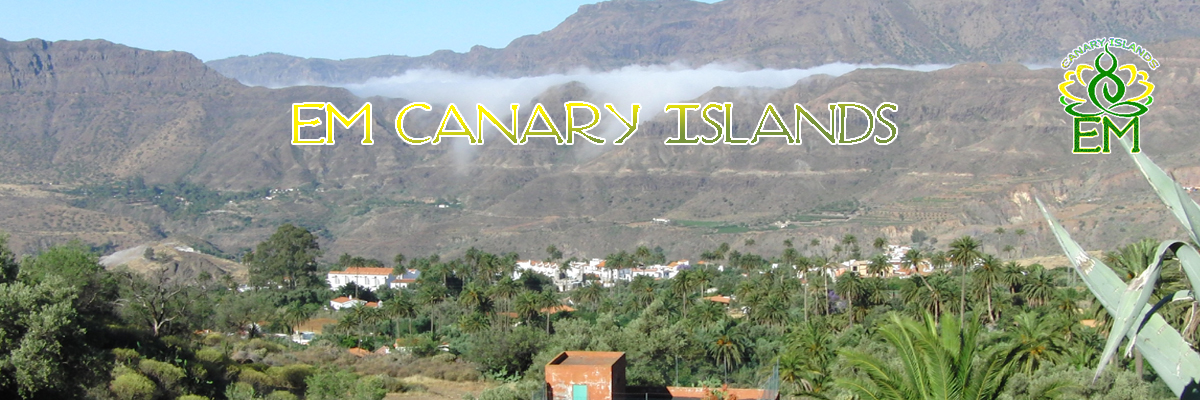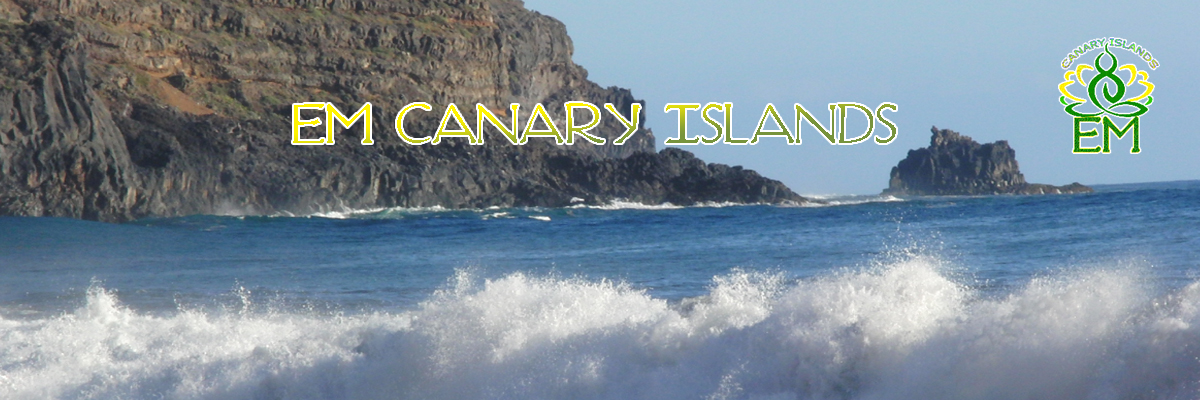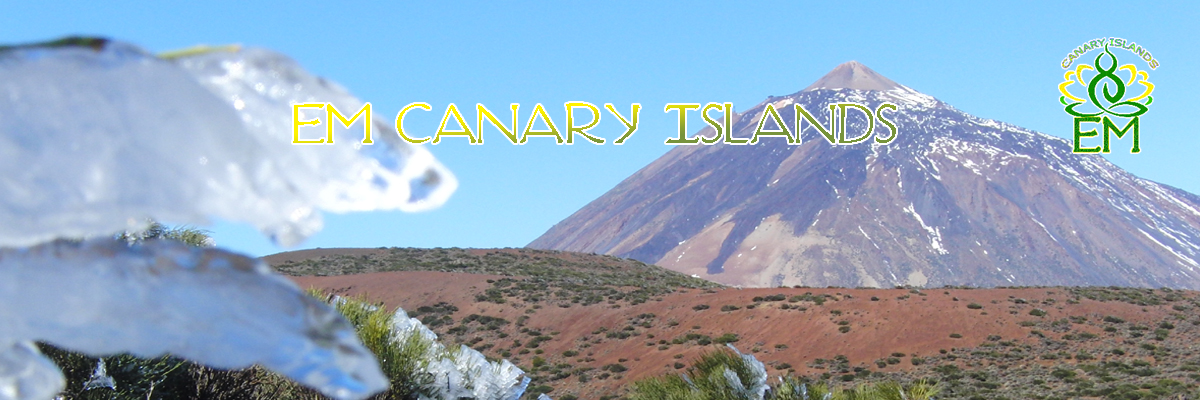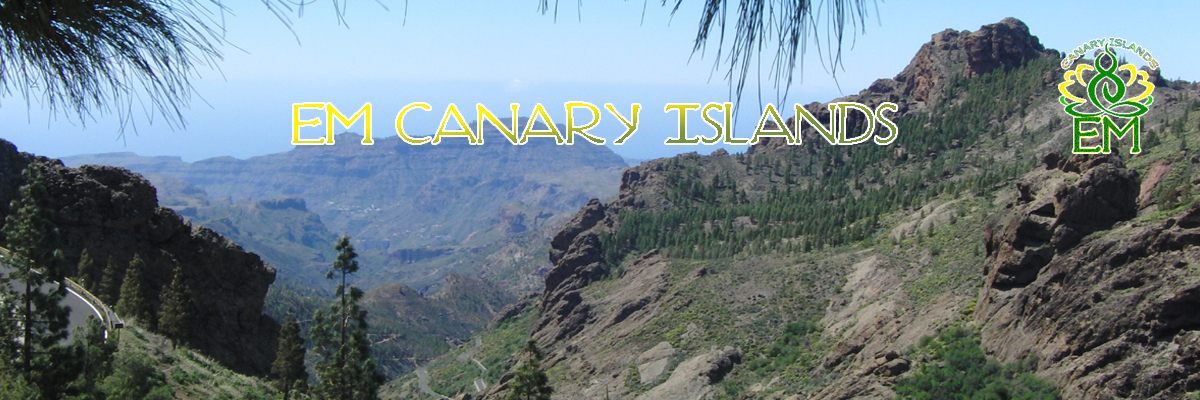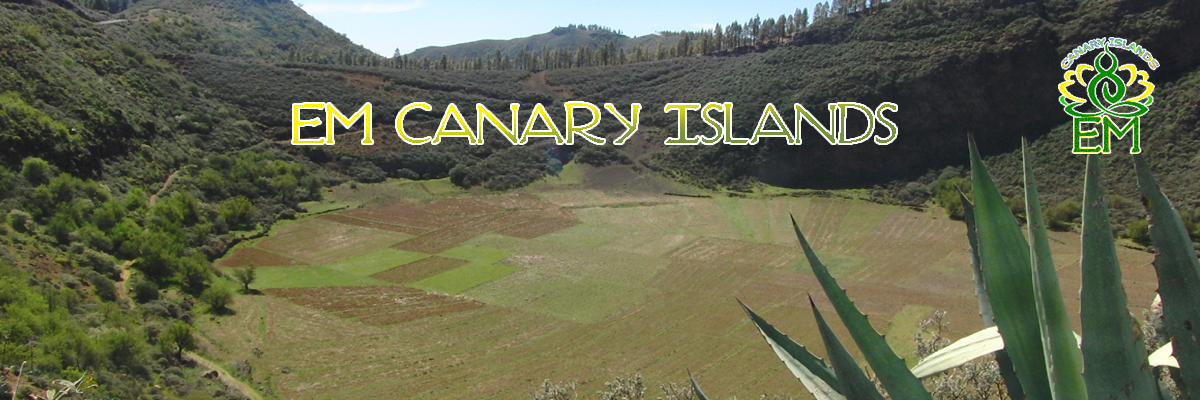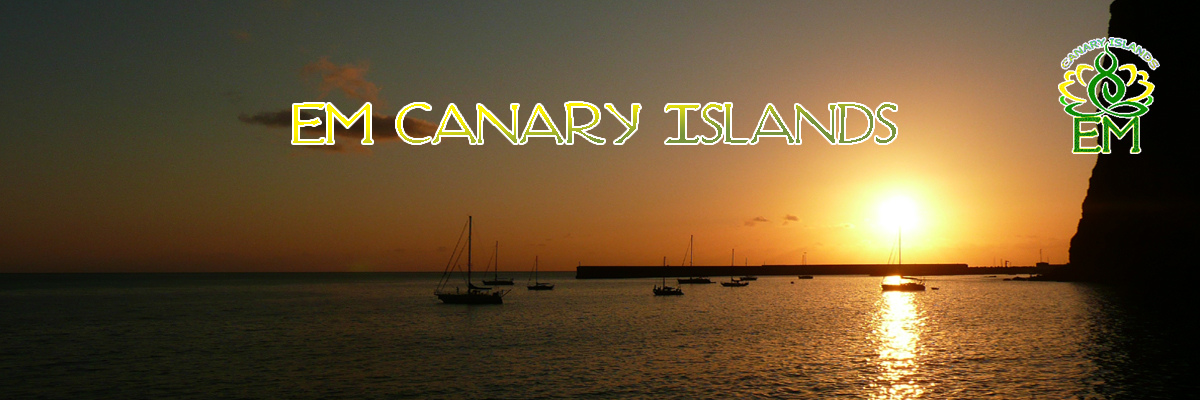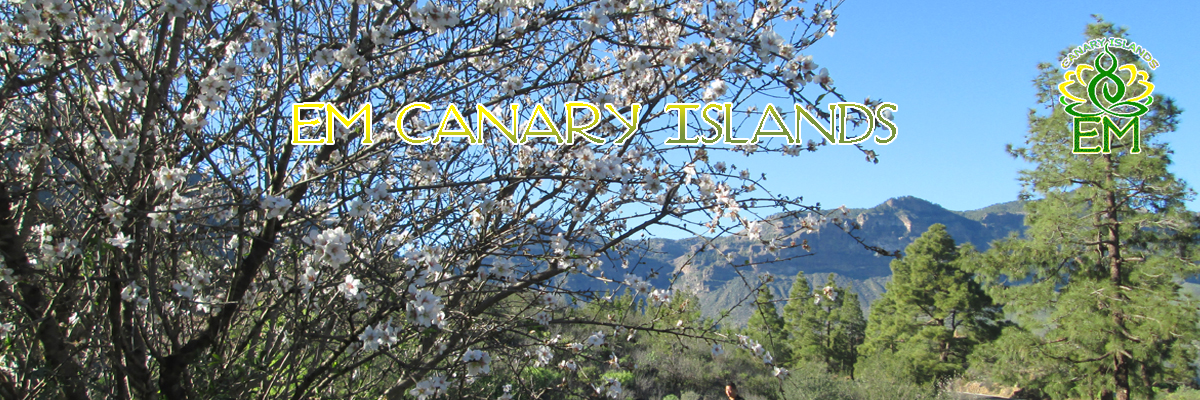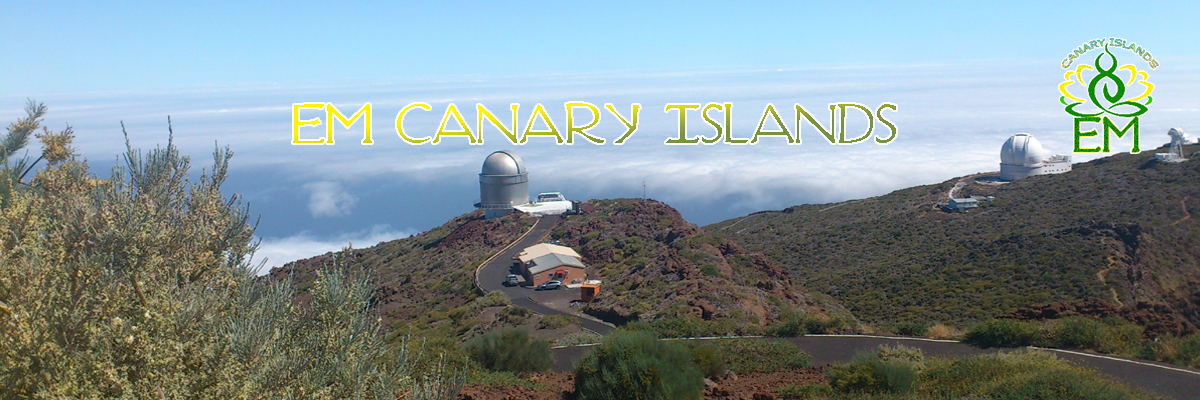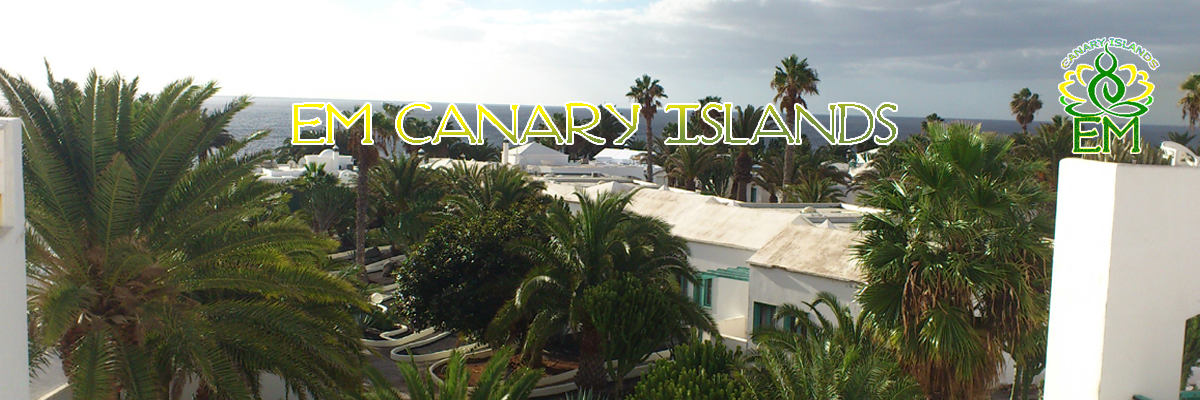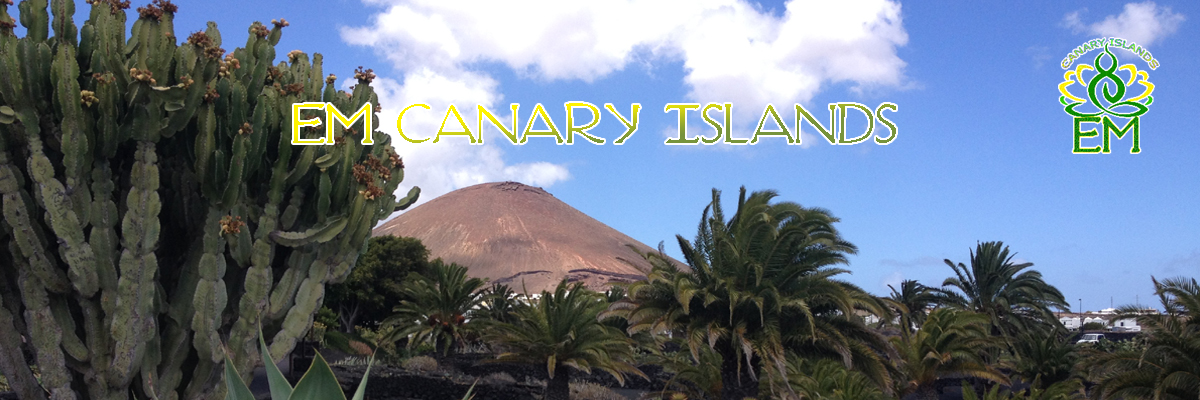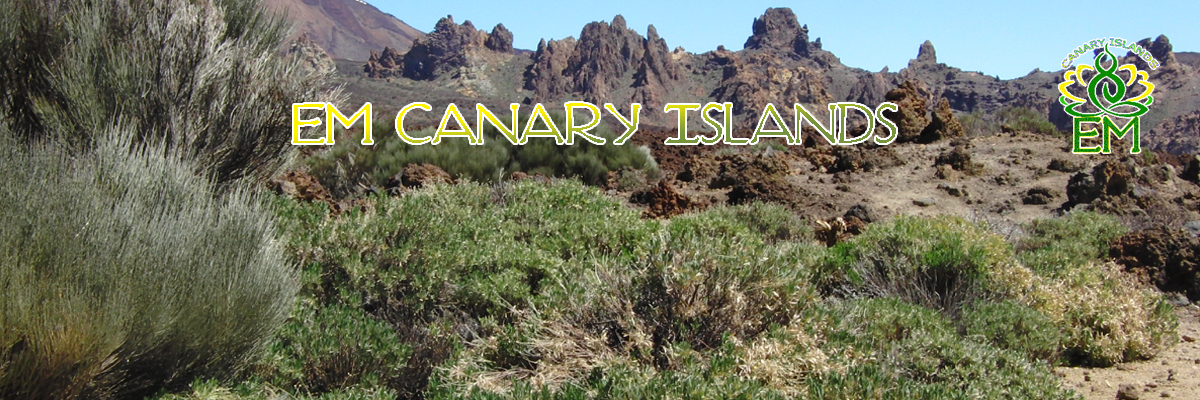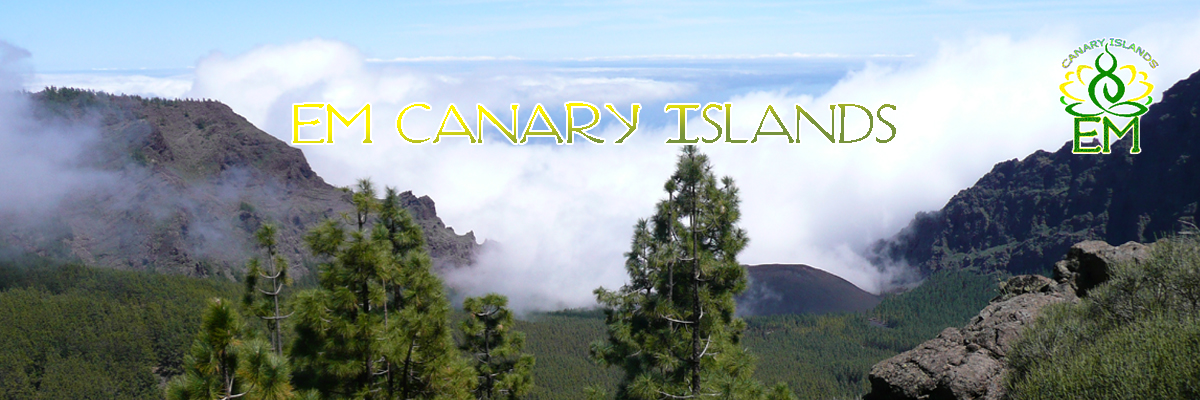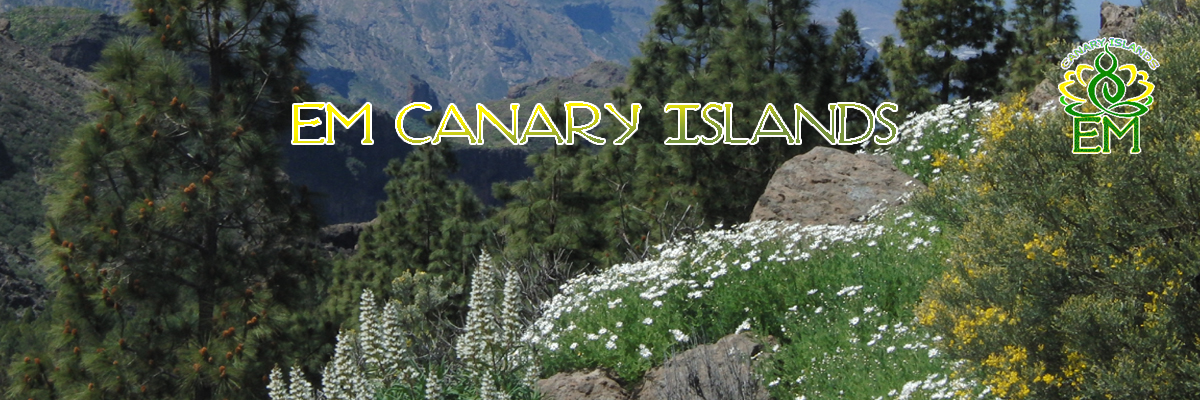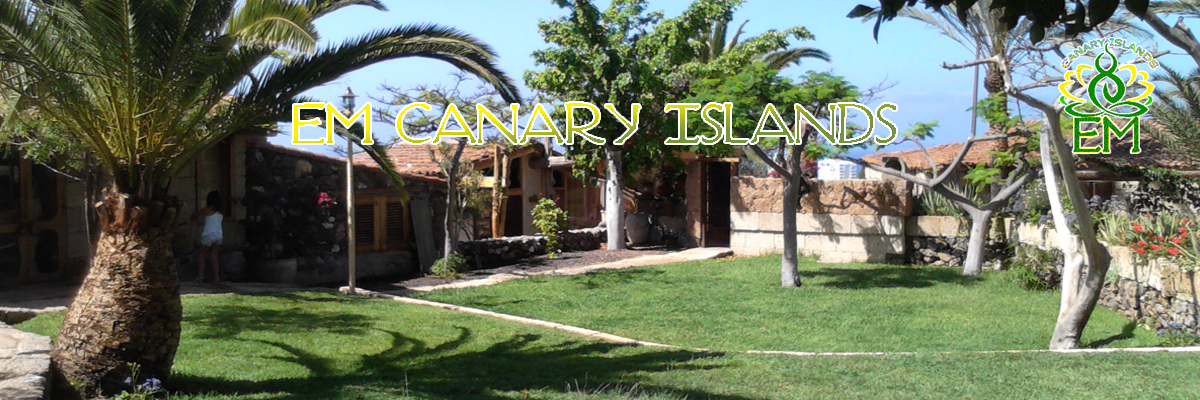Compost (bokashi)
EM compost
The material to be composted is layered in layers (like stacking mortar), and a diluted EM from the watering can (1 cup EM / 10 liter can) is applied every 5 to 10 cm. Subsequent composting results in as little oxygen as possible in the compost. By this fermentative (non-oxidative) EM application the compost is not so hot, weeds and fungal diseases are degraded naturally, energy and nutrients remain in the compost. This compost is also finished in summer in 10 weeks without convertion and has much more fertilizing power, than compost, which is produced under air supply.
Gardener-Bokashi
Gardeners make bokashi from manure and fresh plant waste and thoroughly mix sea-shell lime and primary rock flour (1 kg per m3). In addition to the anaerobic fermentation in the plastic bag or silage container, semi-aerobic work can also be carried out. In this process, the mixture is placed on top of the staple former, which is customary in agriculture, and is compacted and covered with a nonwoven.
Traditional compost (Bokashi), as the Japanese make it
In the Asian countries, 1/3 rice leeches, 1/3 reissue fur, and 1/3 chicken mongrels are added with approx. 30 liters of EM tierra jardin a per 100 kg mixture. The well-mixed material is pressed tightly together and fermented in the air. This product is used as a fertilizer (0.3 kg per m2 is sufficient) or as a feed (2 to 3%).
Super Bokashi for fertilization
Super Bokashi is made to 1/3 of cereal plaster, spelled or straw chunks and fresh plant waste, or only from cereal and EM tierra jardin.
Components of Super Bokashi may be:
- 3 kg of cereal grains or crumbly old bread (can also be replaced by dry chicken droppings, which is, however, difficult to obtain for many households)
- 3 kg of husks of grain or straw or dry foliage
- 3 kg of fresh green waste (eg. chopped grass and / or chopped kitchen waste) mixed with EMtierra Jardin.
Organic material is applied with EMtierra Jardin, EMx ceramic powder and bokashism organic material in various ways.
Larger material is buried between the cultivars, at a distance of approx. 30 cm from already planted plants up to a maximum of 20 cm. Bokashi can also be buried under the later rows of plants for planting or seedbed preparation. After 14 days, planted or planted.
Planting baskets are filled in layers with 1/3 earth, 1/3 Bokashi (easily mixed with soil) and again 1/3 earth. Planting is possible after 14 days.
Lawn Bokashi can be applied as a mulch material in the beds or rabbits or as a fertilizer on the lawn. Possible “burns” of the lawn grow quickly again.
